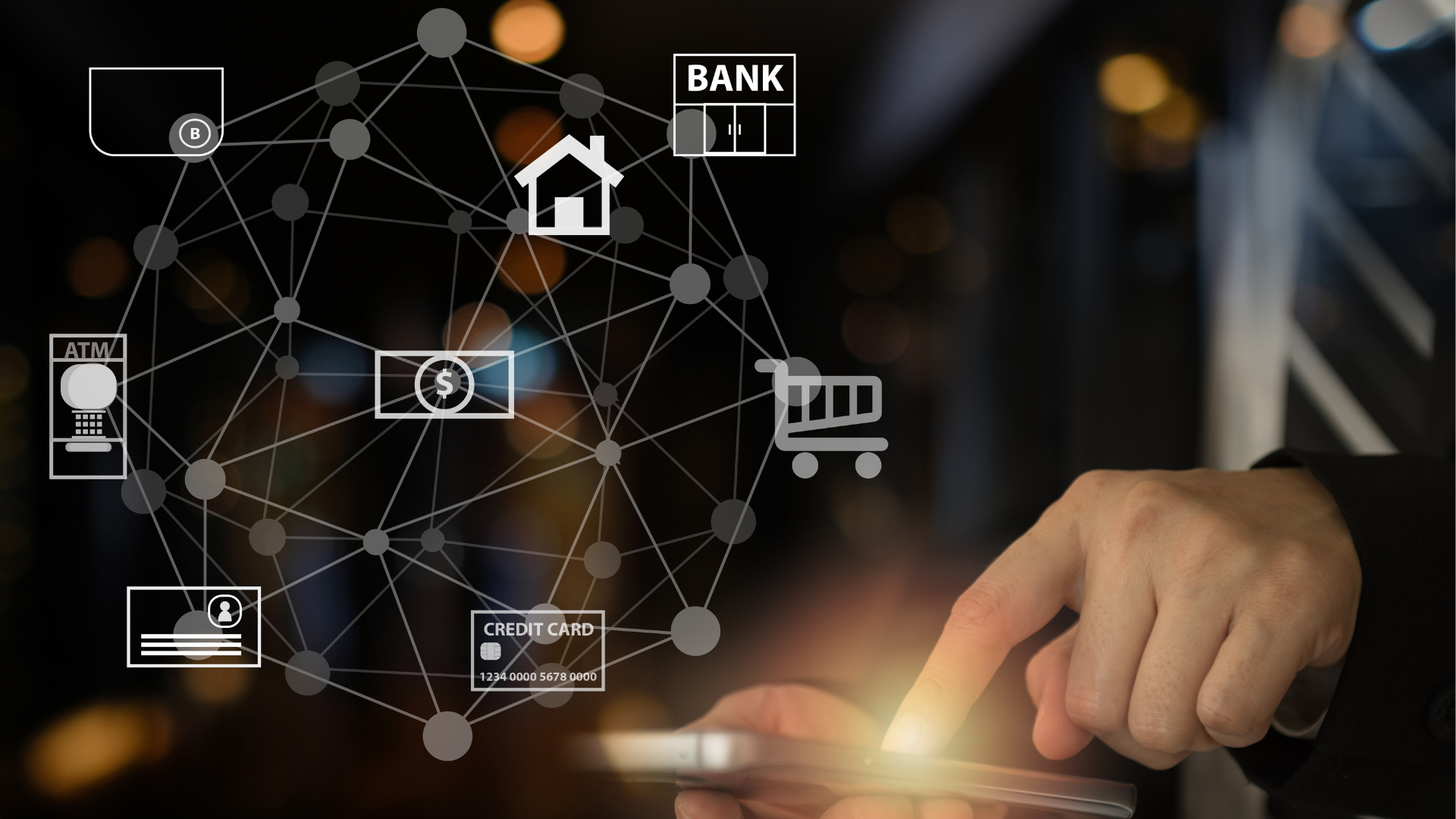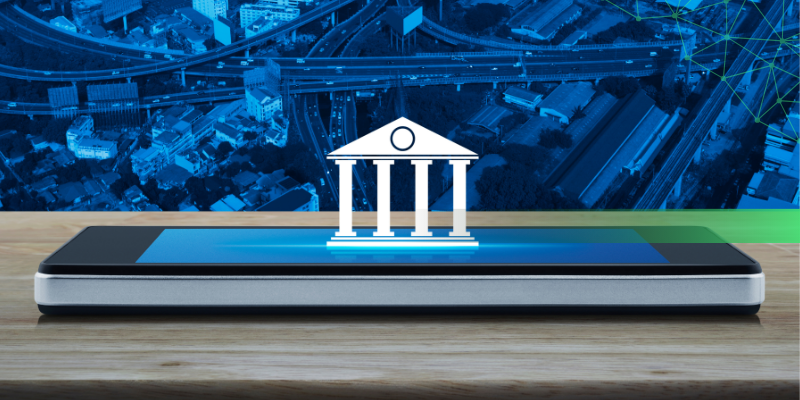In Mid February 2024, customers of a prominent national service provider took their frustrations to Twitter. The main issue? The service provider could not fulfill their promise of 24/7 availability. The services had suddenly gone down for an entire Friday, and customers were left worried when normalcy would be restored.
In response to the hot tweets, the service provider acknowledged the lapse on their end, assuring that the restoration wouldn’t be prolonged. However, it took a full 36 hours before everything got back to normal. The severity of this outage and that of its predecessors prompted the public to think of an alternative—a better service provider.
This utility provider isn’t the only example.
In 2021, one of Africa’s leading banks experienced digital banking service interruptions that affected customers across 9 countries. According to the bank, an outage had affected transactions via its mobile and internet banking apps.
The ramifications of such outages can be detrimental.
One, it could trigger regulatory penalties. When customers are subjected to frequent service disruptions, they may opt for alternative banking solutions.
Two, negative media coverage is bad for brand reputation.
Let’s bring this home
Imagine your customer trying to pay a bill, check balance, or transfer money using their mobile phone, only to find that they can’t perform such important transactions. Frustrating, right? Ideally, that’s because of what we technologically call service interruptions, delays, or total failure of your banking channels. Such unforeseen challenges occur, especially during peak hours, holidays, or emergencies.
In that case, you might want to learn how to ensure the 24/7 availability of your digital banking channels.
First Things First, What’s 24/7 Availability?

We’re in a world where it’s possible to order a pizza at 2 am. That goes for your customers who expect to access banking services at any hour of the night or day without interruptions.
24/7 availability refers to continuous accessibility and operation without interruption. In your case, it means ensuring your systems and services are always operational, minimizing downtime and disruption.
Continuous availability enables your customers to access, transact, or receive services at any time, including weekends and holidays. That enables you to offer them 24-hour convenience and accessibility.
24/7 availability is sometimes expressed as a percentage of the time a server or system is available.
This is commonly expressed in terms of a single year:
- 99% availability implies that your system might be down for 6 hours each year.
- 99% availability means that your system is offline for only around one hour per year.
While an hour of downtime per year may appear a high level of availability, viewed differently, that same outage for an air traffic control system might be catastrophic. Downtime results from either planned or unscheduled outages. Often, downtimes occur when a system is scheduled for maintenance or because of some breakdown.
However, your customers want to hear nothing of the sort. All they want is to access their finances instantly. It doesn’t matter whether they’re checking their balances in the middle of the night or just transferring funds. They’re in control of their money, and your job is to ensure they’re satisfied.
On to Digital Banking Channels: What Are They?
Digital banking channels are the different ways your customers do their banking without having to come to your physical bank. They have your bank in their pockets. A key example of a banking channel is mobile banking, which has quickly destabilized other channels. These channels have changed the way your customers bank.
Mobile banking makes it easier for consumers worldwide to access their finances, even from rural or remote areas. Here’s a list of common banking services your customers can access via the various banking channels:
- Balance Inquiry: Check account balances, i.e., savings, etc.
- Fund Transfers: Between accounts or to other accounts.
- Bill Payments: To utility companies, network providers, credit card issuers, etc.
- Deposit Checks: Remotely without visiting the bank.
- Account Statements: Request, view, and download account statements detailing transactions.
- Transaction History: View past transactions, i.e., deposits, withdrawals, or purchases.
- Loan Applications: Mobile loans, etc.
- Account Management: Ability to update personal information, change account settings, etc.
- Alerts and Notifications: For account activities, balances, missed or upcoming payments, or suspicious transactions.
Etc.
Other digital banking channels include Internet banking, ATMs, etc.
Now, The Consequences of Unavailability of Your Digital Channels

You may think that a few minutes of downtime is too little to impact your bank overall. However, the repercussions are extremely costly. Here’s a list of possible consequences of downtimes:
i. Customer Dissatisfaction
Your customers greatly rely on your digital banking channels. However, a system downtime may create out of your customers, frustration and dissatisfaction. When your customers are unable to access their accounts, make payments, or perform other banking activities, they may complain and provide many negative feedback.
ii. Loss of Revenue
Anything that touches the very essence of your bank’s existence spells doom for the institution. Therefore, digital channels unavailability can lead to a loss of revenue since your customers are unable to perform transactions during downtimes.
iii. Reputational Damage
Your financial institution’s reputation is its most valuable asset. Negative publicity that arises from system unavailability erodes the bank’s reputation and customer trust. You may also look at it in the context of word-of-mouth recommendations. Whatever the case, it’s a complete damage to the bank’s image, customer acquisition and retention.
iv. Customer Attrition
Customers who are unsatisfied with your banking services may consider leaving you for your competitors who are better at offering more reliable digital banking services. Such attrition may lead to a loss of revenue for your bank and troubles acquiring new customers.
v. Issues With the Regulator
The regulator is eagle-eyed. Whatever market you’ve spread your wings, the industry regulator ensures the availability, security, etc., of all digital banking systems. Thus, if system unavailability visits you, the result might be non-compliance with regulatory standards. This may lead to fines, penalties, or reputational damage.
vi. Operational Disruption
Channel unavailability means there’s a problem with your bank’s core system. Core downtime means your day-to-day operations, such as customer service, transaction processing, etc., are at a standstill. Thus, your bank may experience delays, errors, and other interruptions in back-office functions.
Ensuring 24/7 Availability of Your Digital Channels is Non-Negotiable
To sustain 24/ availability across your digital banking channels, you need technology. Technology in the sense that you require a system that ensures your customers do not experience service interruptions even when your core banking system is down or busy with other banking processes. It’s more of a robust system that makes your financial institution reliable.
This means having a channel manager in place to help your core banking system handle the high volumes of transactions with ease, ensuring the highest levels of business continuity and customer satisfaction.
Never Suffer from Downtime with a Channel Manager on Your Side
Because Channel Manager is specifically designed with continuous availability in mind, transforming how you deliver your financial services across your digital banking channels.
Chat one of our experts if you are ready to learn about what our Channel Manager can do for your bank. Our team is standing by.







